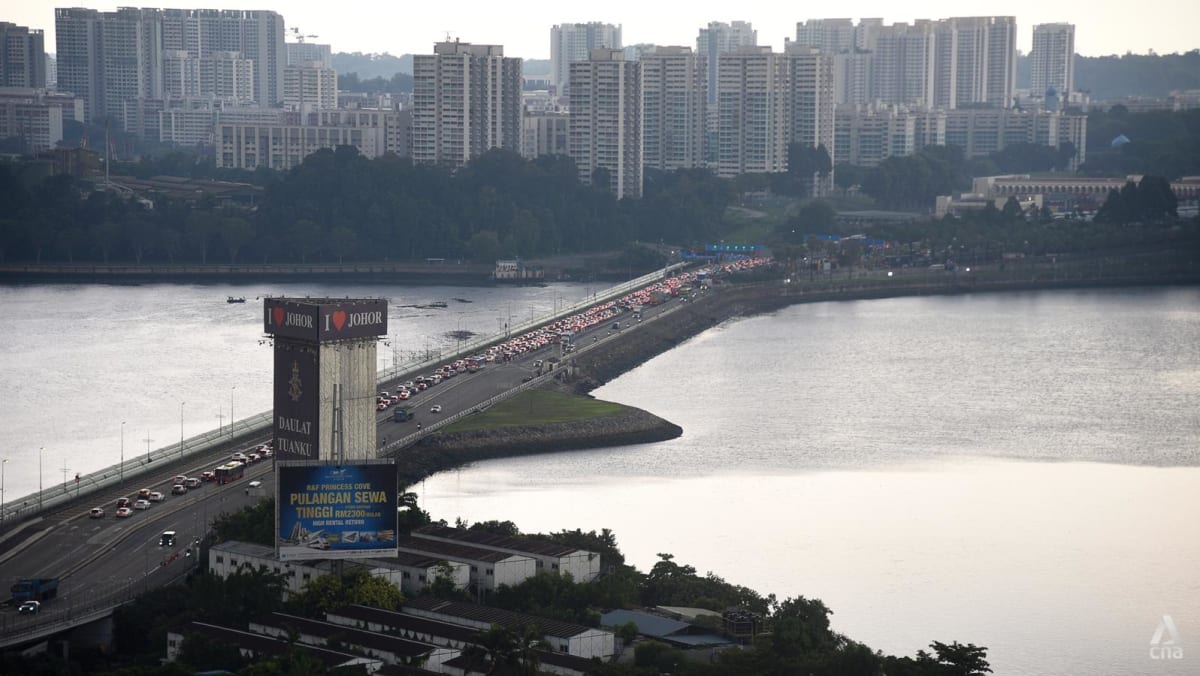He also said that how far the immigration processes have evolved over the years for both Singapore and Malaysian authorities is reflective of how far technology has progressed with the times.
“I remember when I was on duty, we had to check passports of incoming travellers against two thick books: One (that) lists those who are refused all (immigration) facilities while the other had a list of blacklisted immigrants,” said Mr Ismail.
“Now it’s more advanced, the scanning system is computerised and it’s simpler and easier for officers. It’s convenient for travellers from both Malaysia and Singapore which means you don’t waste your time waiting,” he added.
Mr Ismail reflected that through his interactions with travellers from Singapore at the Causeway, he felt that there was a mutual respect and understanding between citizens of both countries.
“We respect them and they respect us, they were cooperative and very pleasant to chat with,” he said.
“I believe in karma, if you are a good officer and you are polite, people will respect you too, what goes around comes around.”
A PIVOTAL BRIDGE FOR WORKERS, LEISURE TRAVELLERS
In recent decades, the high volume of traffic at the Causeway may also be attributed to the hundreds of thousands of Malaysians who commute daily for work in Singapore and home in Johor Bahru.
The increasingly strong Singapore dollar vis a vis the Malaysian Ringgit over the years have prompted more Malaysians to head across the Johor Straits for work and earn a better living.
Among them is Mr Mohamad Radzi Zolkifli, a technical officer with SMRT who commutes daily across the Causeway via motorcycle between his home in Permas Jaya and his office in Tai Seng.
He told CNA that it takes him around two hours to travel each way during peak hour, which means on most days he spends four hours in total stuck in transit.
